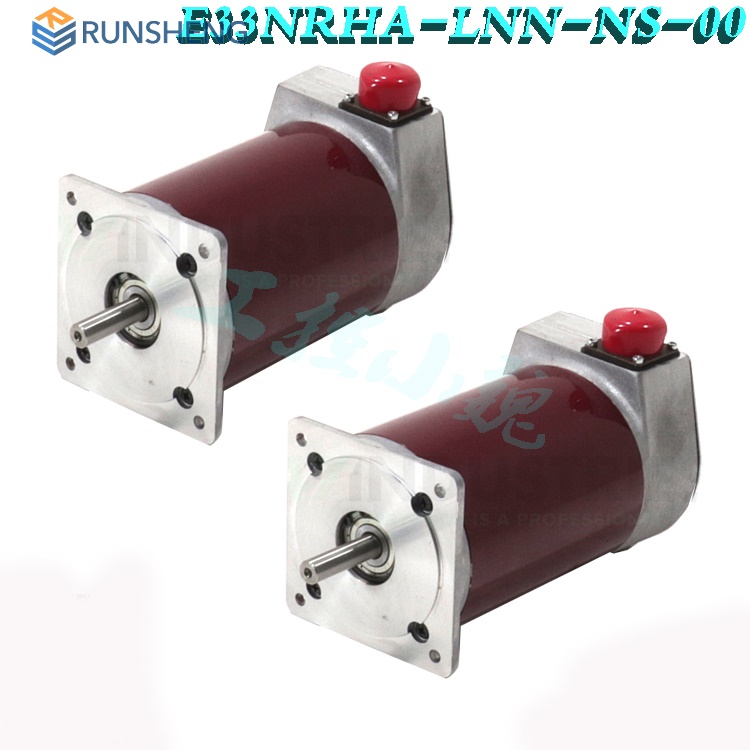What is the difference between a PLC controller and a servo controller? Which is better?
Date: Oct 11, 2025Views:
Comparison of the Differences Between PLC Controllers and Servo Controllers and Their Application Scenarios
I. Core Differences
Dimension PLC Controller Servo Controller
Functions: Positioning logic control, sequential control, timing/counting, process management, high-precision motion control (position/speed/torque), closed-loop feedback control
Control methods: Open-loop or simple closed-loop, relying on pre-programmed logic closed-loop control and real-time feedback adjustment via encoders/sensors
Hardware Structure: CPU, I/O modules, communication modules, power modules, servo drivers, servo motors, encoders, feedback devices
Applications: Production lines, building automation, traffic signals, power monitoring systems Control machine tools, robotic joints, semiconductor equipment, and medical imaging.
Programming Features: Ladder diagrams/instruction lists, easy to use, with clear logic and motion parameter configuration (such as PID algorithms) and trajectory planning. Professional debugging is required.
Precision and Response: High logic control accuracy, lower motion control accuracy. Micron-level positioning accuracy and millisecond-level dynamic response.
Cost and Maintenance: Modular design, low cost and simple maintenance. High hardware cost, requiring professional debugging and high maintenance costs.
II. Comparison of Typical Application Scenarios
PLC Controllers:
Industrial Production Lines: Control conveyor start and stop, robotic arm sequence movement, and temperature/pressure monitoring (such as automotive assembly lines and food packaging lines).
Building Automation: Air conditioning/lighting system control, security and access control.
Energy Management: Power transformer monitoring and sewage treatment process control.
Case Study: In Shuangcheng's intelligent packaging equipment, PLCs coordinate unpacking, packing, and labeling, achieving a high-speed packaging rate of 80 packages per minute.
Servo Controllers:
Precision Machining: CNC machine tool tool positioning (±0.001mm accuracy), semiconductor wafer dicing.
Robotics: Collaborative robot joint motion, AGV vehicle path tracking.
22C27C11F56C4D23A3B2A0D3140EB694.jpg)
Medical Equipment: CT scanner rotation control, surgical robot micromanipulation.
Example: In silicon wafer dicing, servo systems control the trajectory of the welding head to ensure welding quality; in medical imaging equipment, servos drive the precise rotation of the CT scanner.
III. Which is Better? — The Scenario Determines the Choice
Scenarios for Choosing a PLC:
Scenarios requiring logical decision-making, sequential control, and multi-device coordination (such as production line process management).
Projects requiring cost-sensitive and easy maintenance.
For example: traffic light control, central air conditioning system scheduling.
Scenarios for Choosing a Servo Controller:
Scenarios requiring high-precision motion control (such as robots and CNC machine tools).
Scenarios requiring fast dynamic response and high positioning accuracy (such as semiconductor equipment and medical surgical robots).
For example: five-axis CNC machine tools and multi-joint industrial robot welding.
Collaborative Applications:
In complex systems, PLCs and servos often work together—PLCs serve as the "brains," processing logic, while servos act as the "muscles," executing precise movements. For example, in an automotive production line, PLCs control the overall process, while servos drive robotic arms to perform gripping/assembly.
IV. Technology Evolution and Trends
PLC Upgrades: PLCs integrate motion control functions (e.g., some PLCs support pulse output to control servos) and develop towards intelligence and networking (e.g., support for Industrial Ethernet and remote monitoring).
Servo Controller Evolution: Intelligent servo drivers integrate PLC functions (e.g., directly processing logic instructions), reducing hardware links and improving system integration.
Future Direction: The trend toward convergence between the two is clear, such as integrated "PLC + servo" solutions, which achieve a balance between high precision and high reliability in intelligent manufacturing.
Summary: There is no absolute superiority or inferiority between PLCs and servo controllers; the choice should be based on specific needs. PLCs excel in logic control and system integration, while servo controllers are better at high-precision motion control. In industrial automation, the two often work together to build efficient and precise control systems.
Related product recommendations:
S-093H 3BHB030478R0009
S-093M 3BHB009885R0013
S-093M 3BHB009885R0063
S-093H 3BHB009885R0005
S-093R 3BHB009885R5311
S-073N 3BHB009884R0021
S-097H 3BHB009885R0052
S-093H 3BHB030478R0309
S-053M 3BHB012897R0003
S-073N 3BHB009884R0021
S-093H 3BHB009885R0004
S-097H 3BHB009885R0052
More......
RELATED NEWS



Shanxi Runsheng Import and Export Co., Ltd
Address: 3301, Building A, Wanda Center, No. 175 Jiefang Road, Xinghualing District, Taiyuan City, Shanxi Province
Google email: wkcarshop666888@gmail.com
Industrial Control Sales Consultant: Amelia
Whatsapp: +86 18030295882

